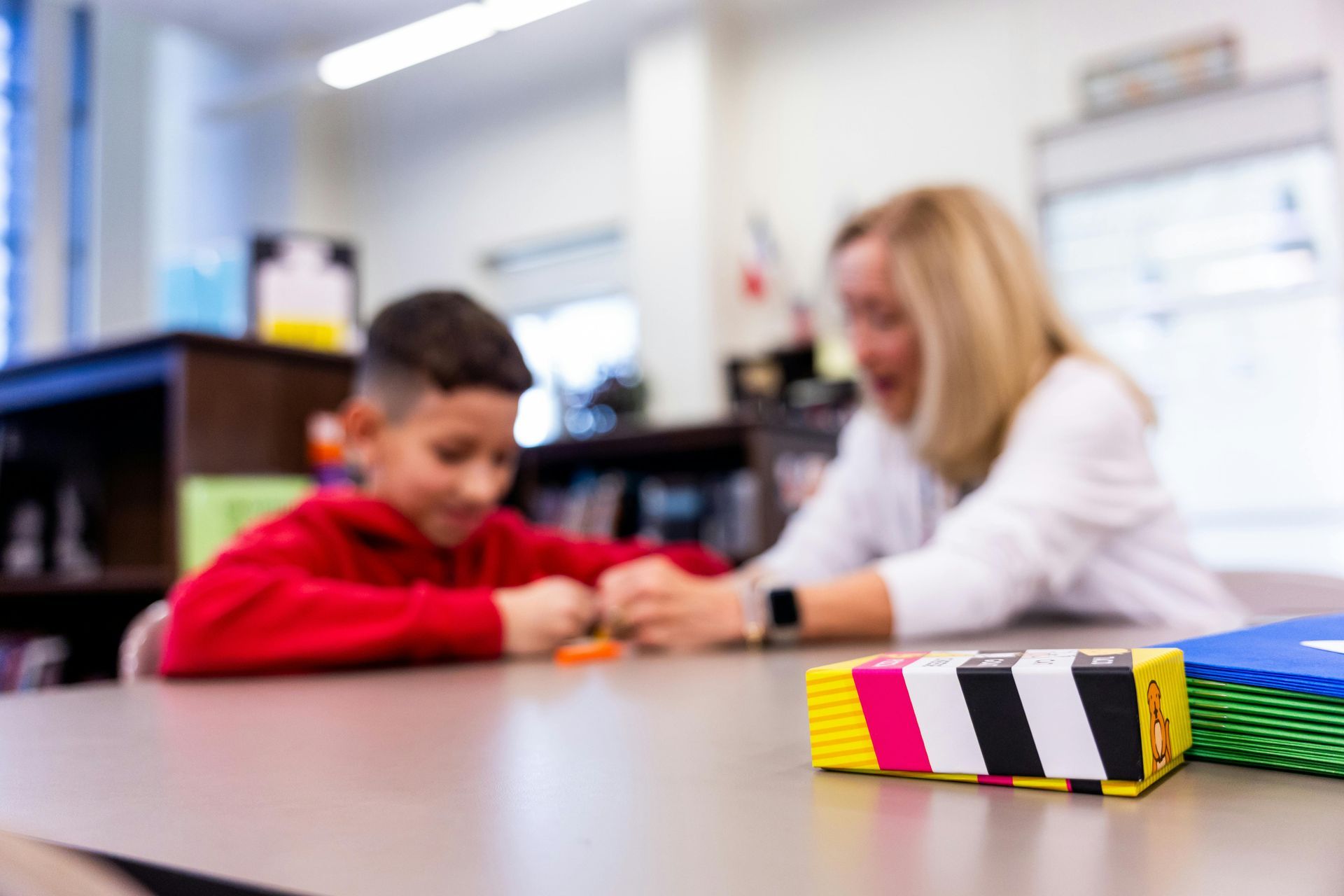Creating Inclusive and Diverse Classrooms in Australia
Australia is a vibrant, multicultural society, and our classrooms reflect this rich diversity. As educators, it's crucial to foster an environment where all students feel valued and included, regardless of their backgrounds. Creating inclusive and diverse classrooms isn't just a moral imperative; it's essential for nurturing a generation of open-minded, empathetic, and globally aware individuals. Here's how educators can promote inclusivity and diversity in Australian classrooms.
Understanding Inclusivity and Diversity
Inclusivity in education means ensuring that all students, regardless of their abilities, cultural backgrounds, or socio-economic status, have equal access to learning opportunities. Diversity, on the other hand, celebrates the differences among students, whether they relate to race, ethnicity, religion, language, or gender. Together, inclusivity and diversity create a learning environment where every student can thrive.
Practical Strategies for Inclusive Classrooms
- Culturally Responsive Teaching: Tailor your teaching practices to accommodate the cultural backgrounds of your students. Incorporate diverse perspectives into your lessons and encourage students to share their own experiences and traditions.
- Differentiated Instruction: Recognise that students have varied learning styles and needs. Differentiated instruction involves adapting your teaching methods and materials to ensure all students can engage with the content and achieve success.
- Promoting Language Diversity: In Australia, many students come from non-English-speaking backgrounds. Encourage bilingualism and celebrate the linguistic diversity in your classroom by incorporating students' home languages into lessons where possible.
- Addressing Bias: Be mindful of implicit biases that may influence your teaching practices or interactions with students. Reflect on your own assumptions and strive to create a classroom environment free from prejudice and discrimination.
- Creating a Safe Space: Foster an atmosphere of respect and inclusion where students feel safe to express themselves. Establish clear expectations for behaviour and actively address any instances of bullying or exclusion.
The Role of Schools and Communities
Creating inclusive and diverse classrooms is not solely the responsibility of individual teachers. Schools must lead by example, embedding inclusivity into their policies, curriculum, and community engagement efforts. Collaboration with parents, caregivers, and the broader community is also vital in reinforcing the values of diversity and inclusion both inside and outside the classroom.
The Benefits of an Inclusive Education
When students feel included and respected, they are more likely to engage in their learning, develop strong social skills, and build positive relationships with their peers. Inclusive education prepares students for life in a diverse world, equipping them with the empathy and understanding needed to navigate a global society.
In conclusion, creating inclusive and diverse classrooms in Australia is not just about meeting educational standards; it's about shaping a future where every student has the opportunity to succeed, regardless of their background. By embracing inclusivity and diversity, educators can make a lasting impact on their students and contribute to a more equitable and just society.
Leave us a comment on our socials with how you ensure inclusivity and diversity is fostered in your classroom.









